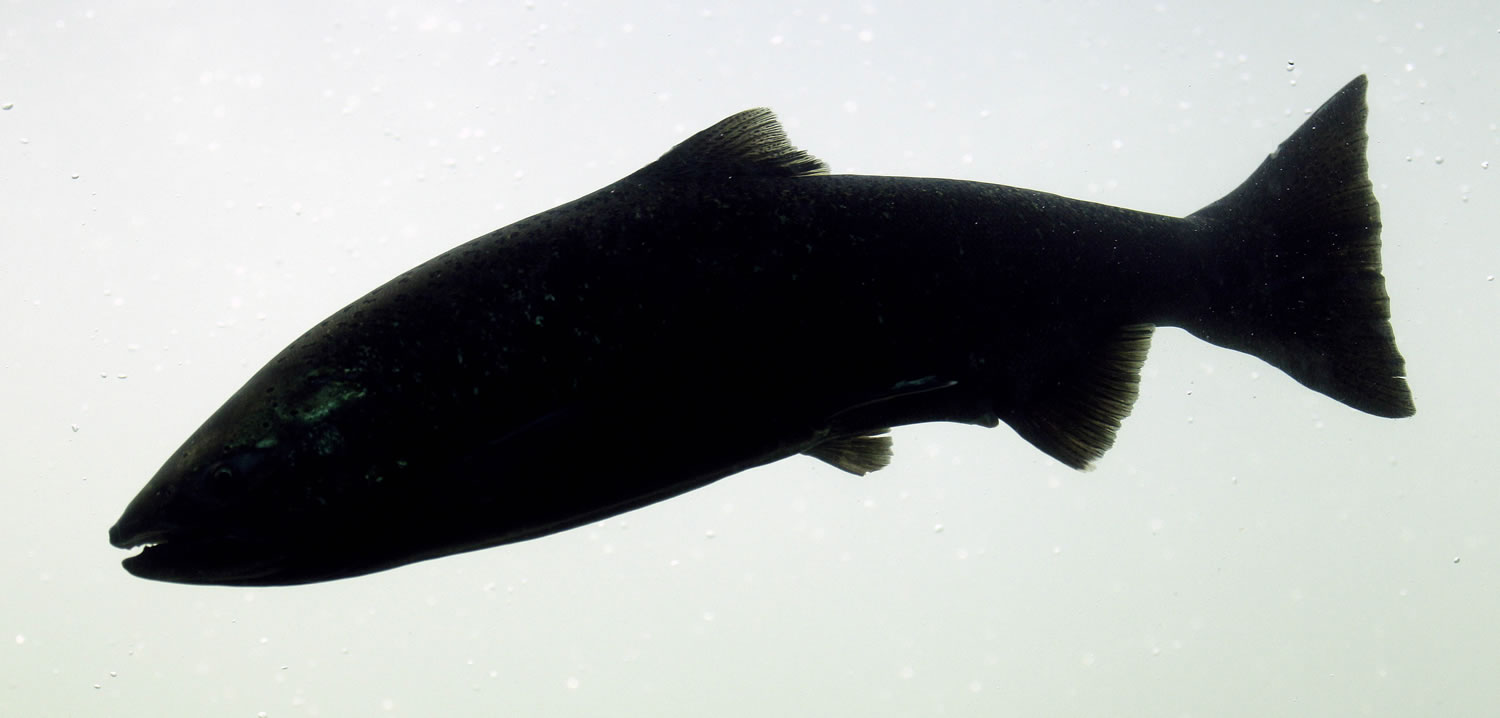Draft evaluation:
The federal agencies responsible for making Columbia Basin hydroelectric dams safer for salmon say they are doing a good job, helping more young fish survive their migration downstream, and producing higher returns among threatened and endangered runs.
The Bonneville Power Administration, U.S. Army Corps of Engineers and U.S. Bureau of Reclamation released a draft evaluation Thursday of their efforts since 2008 to implement the improvements laid out by the NOAA Fisheries Service.
It says improvements have now been made to all the dams on the Snake and Columbia rivers to help young fish survive their downstream migration, and they are on track to meet individual dam survival goals of 96 percent in spring and 93 percent in summer. Most of the 13 runs of salmon and steelhead protected by the Endangered Species Act are returning in greater numbers. More than 2,000 miles of river have been opened to salmon spawning, more water has been devoted to increasing flow in salmon streams, and 3,791 acres of river estuaries have been protected.
But conservation groups say despite $600 million a year spent by the agencies, most of the protected salmon runs are just holding their own or declining. And 80 percent of the salmon returning to the Columbia Basin are still produced in hatcheries, rather than from naturally spawning fish in rivers.



